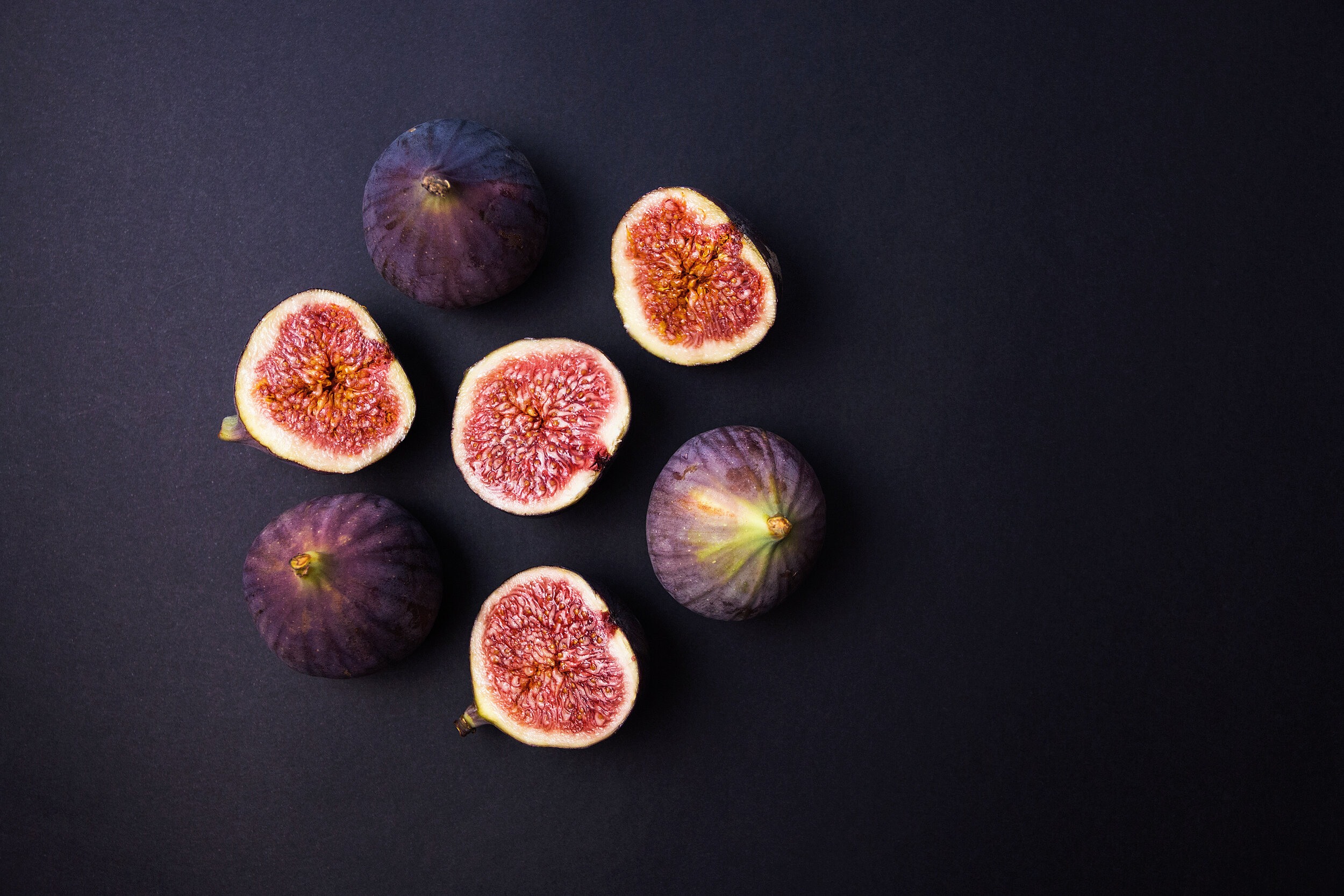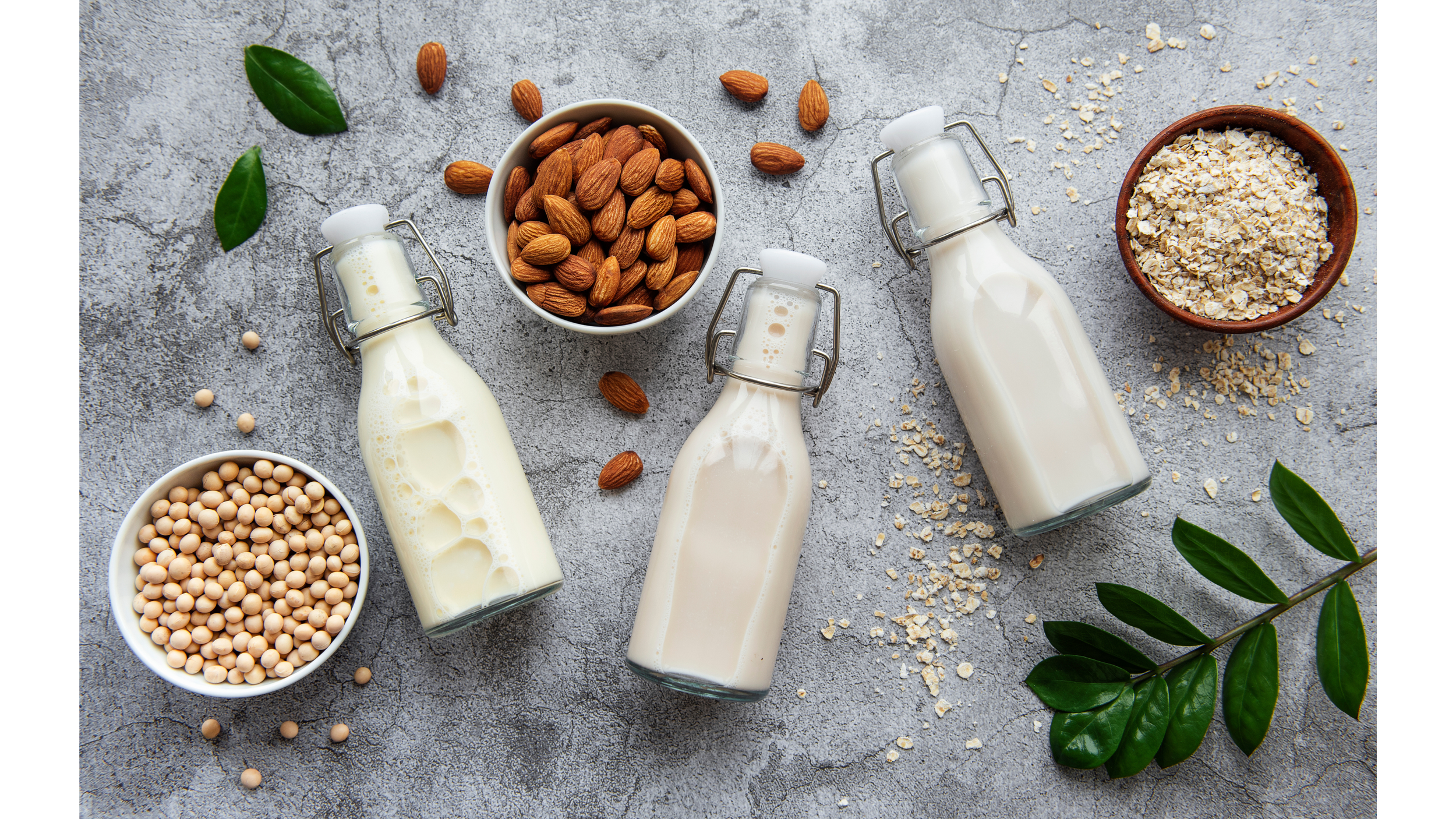
Insights
We have a lot to say about food, science, and technologies in development. These articles are just the tip of the iceberg. Read our most recent thoughts on the state of the industry and more.

All Articles
Featured Articles

Oleogels and tasty cells
What is an oleogel? Oleogels may be thought of as the fatty counterparts to hydrogels, which are more familiar than one might think. Hydrogels are classified as substances whose bulk material is made up mostly of water (~90%) and are “solidified” by dissolving some coagulating agent such as gelatin that subsequently forms a mesh with itself to provide structure to the gel. I am sure that many readers here are familiar with such a substance from a common childhood snack called JELL-O.

Plant Based and Mediterranean Diets Strengthen Microbiome and Create Protection Against Heart Disease: A Stanford Study
Few novel scientific fields have captured the imagination of the public as much as the gut microbiome. Every week new evidence emerges of how the microorganisms living in our gut affect human health, from type 2 diabetes to depression. In turn, our behavior can affect our gut microbiome, from medication use to diet.

Regulation in the Cosmetics Industry: Controlling our Diet for Food-Based Cosmetics
You are what you eat, or in the case for “clean” cosmetics, you are what you put on your body. But the original saying might still be apt, as more and more it seems like “superfoods'' and naturally-derived ingredients have become a key selling point for beauty products and brands, especially from newer, smaller companies looking to compete with big beauty brands.

Processing of Proteins for Plant Based Meat: Current Approaches and Recent Innovations
The vast majority of commercialized alternative meat products are based on wheat and soy protein concentrate (70% protein) or isolate (90% protein) due to the wide availability of these materials as byproducts of other large industries [1,2]. Since commercially available protein isolates are created through processes best suited for the initial industry, they are poorly optimized for application to plant-based meat products.

Application of Algae in Food Technology
The current sustainable development goals by the UN include abolishing world hunger and sustainably exploiting the world’s oceanic zones.According to the latest World Population Data Sheet from the Population Reference Bureau,recent estimates indicate an increase in world population to roughly 9.9 billion people in 2050.

An Interview with Food Edge Founder Lauren Abda on the Importance of Disruptive Technology in the Food Industry
Boston based Branchfood will host Food Edge, its 4th annual summit virtually on May 4th and 6th. Food Edge brings together brands, startups, and researchers for New England’s largest food summit.






